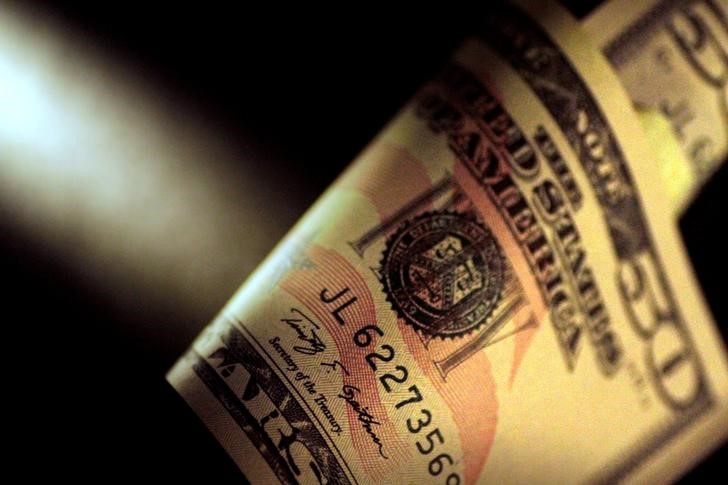Investing.com — Most Asian currencies kept to a tight range on Monday, while the dollar steadied at a two-month high as signs of sticky inflation and rising U.S. interest rates largely offset optimism over a U.S. debt ceiling deal.
fell 0.1%, taking little support from a stronger daily midpoint fix as markets continued to fret over slowing growth in Asia’s largest economy. Focus this week is on key and sector data, due on Wednesday, to gauge the state of an economic recovery in May, after dismal readings in April.
A resurgence in Chinese COVID-19 cases has also kept markets on edge over the country, with infections set to peak by late-June. The yuan was one of the worst-performing Asian currencies over the past month, particularly after it lost the key 7 level to the dollar. The currency was also close to a six-month low.
Broader Asian currencies moved in a flat-to-low range, even as top U.S. lawmakers signaled they had reached a tentative agreement to raise the debt ceiling and stave off an economically crippling default. The deal sparked a rally across other risk-driven assets, such as stocks and commodities.
But the agreement still faces a vote in Congress before it can be signed into law. This also comes just days before a June 5 deadline for a default.
The was flat near seven-month lows to the dollar, while the led losses across risk-heavy Southeast Asian currencies.
The firmed 0.1%, taking some support from stronger commodity prices, while the Indian rupee moved a little at over two-month lows.
The and steadied at a two-month high despite improving risk appetite, as the outlook for the currency was buoyed by expectations of more rate hikes by the Federal Reserve.
The – the Fed’s preferred inflation gauge – read hotter-than-expected in April, ramping up expectations that the Fed will hike rates further in June.
show markets are pricing in a nearly 65% chance the central bank will raise rates by 25 basis points in June, a reversal from initial expectations for a pause.
The prospect of higher U.S. interest rates bodes poorly for Asian markets, as the gap between risky and low-risk rates narrows.
Read the full article here




